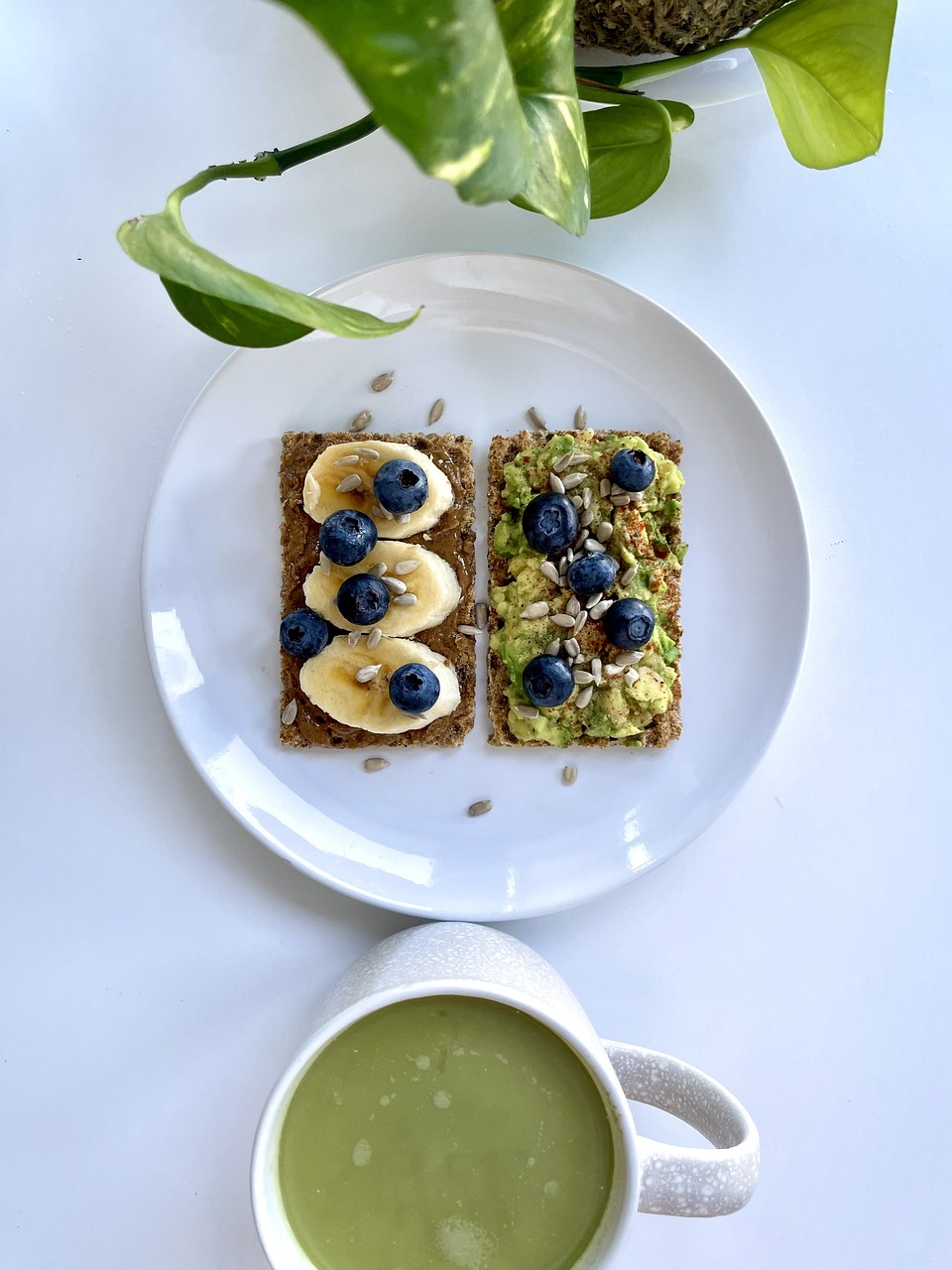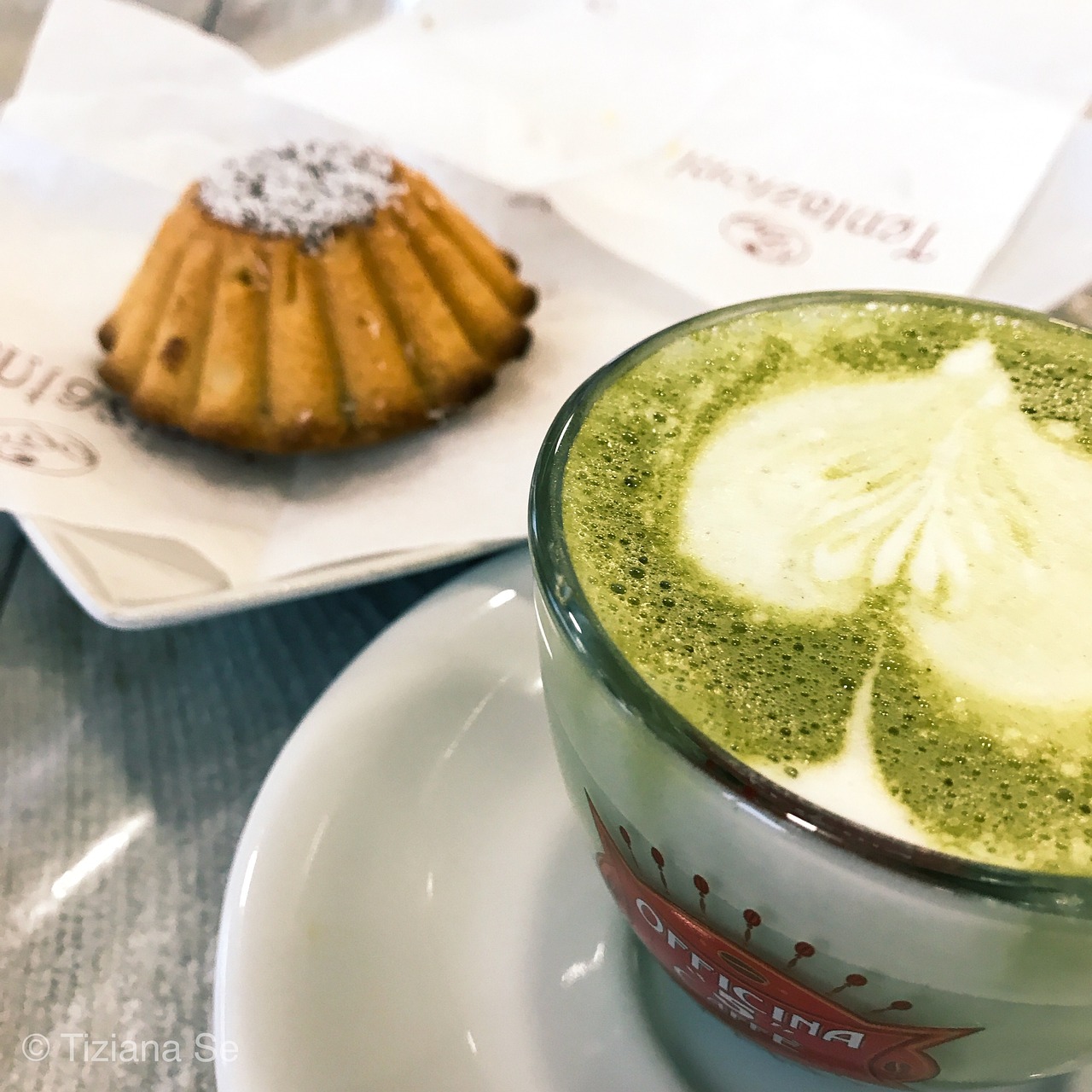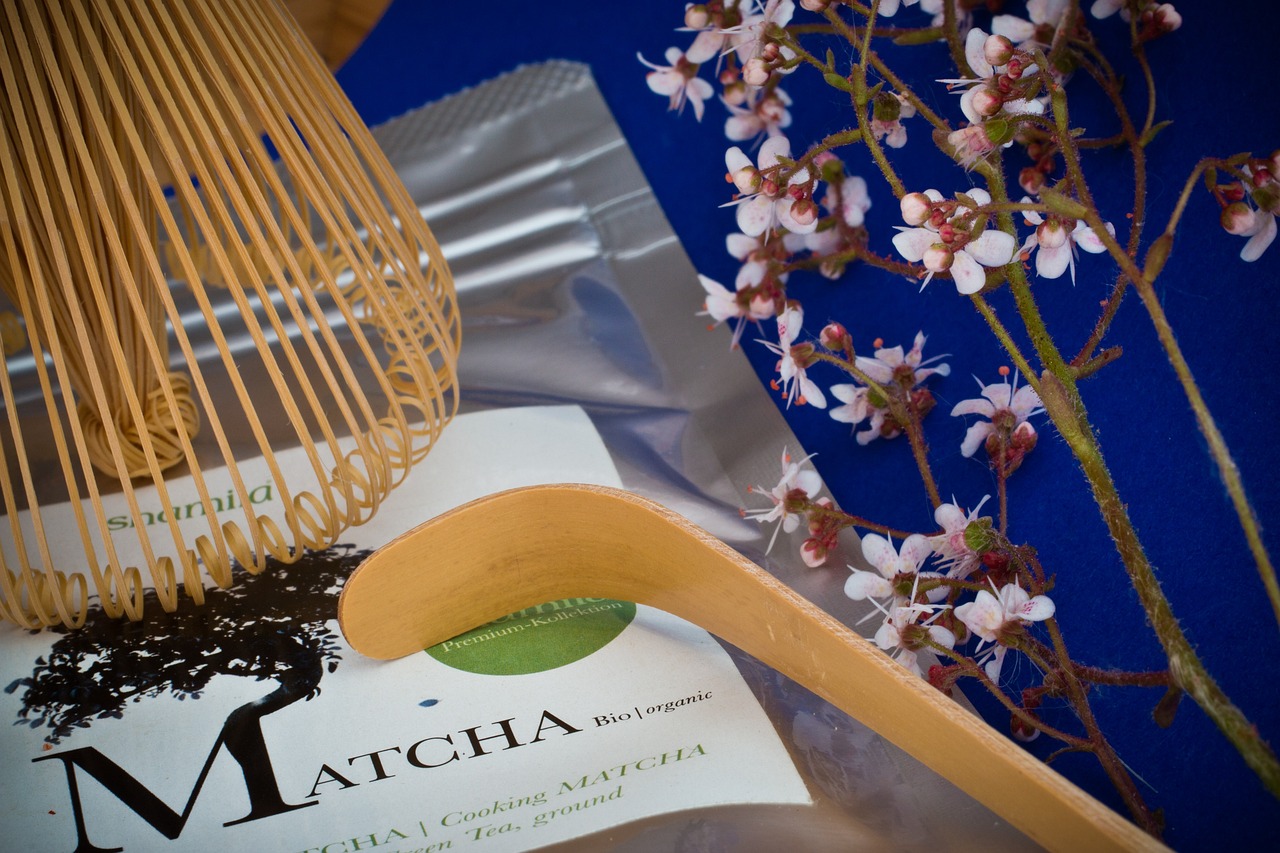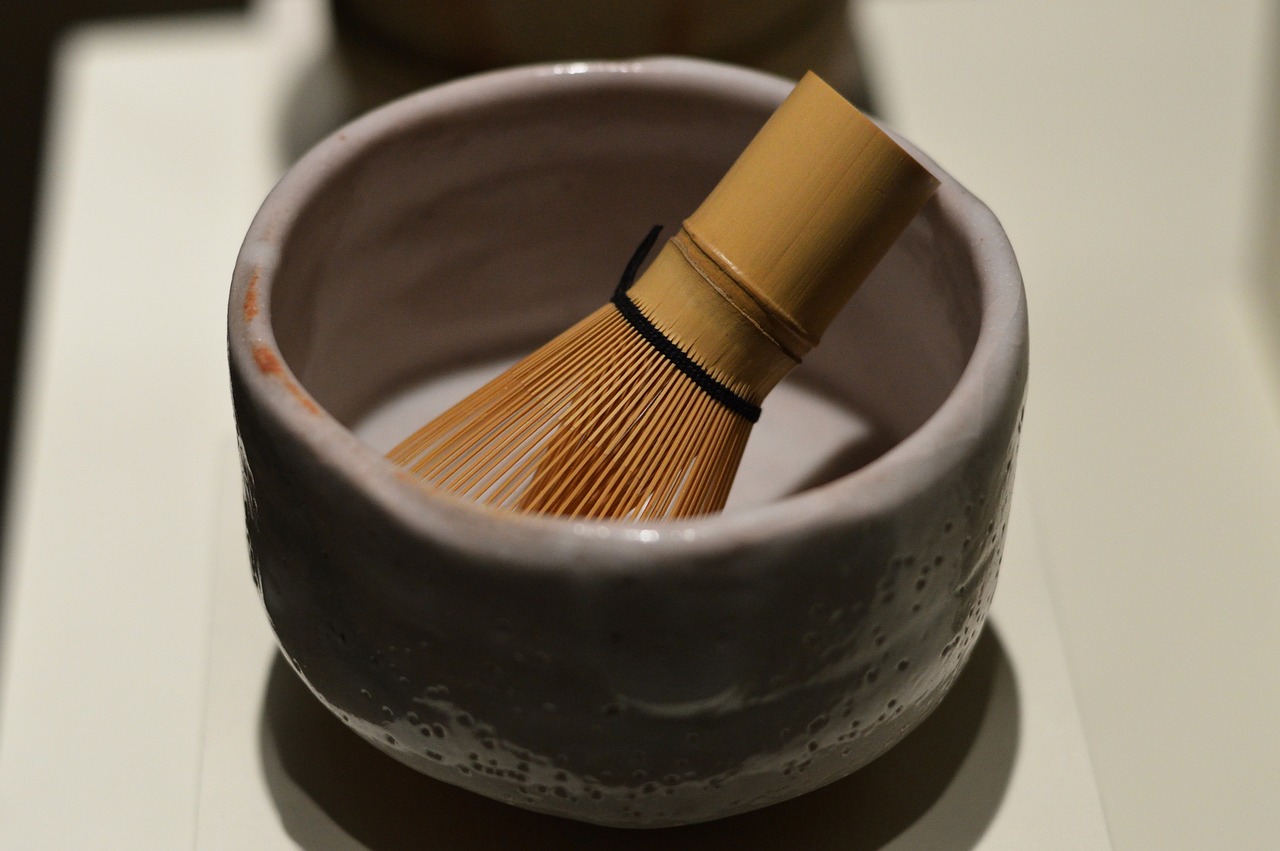Perhaps you’re interested about matcha green tea since you know it’s truly sound. This post isn’t in any way shape or form about the high centralization of sickness battling cell reinforcements found in this Japanese superfood. There’s no need to focus on catechin polyphenols, L-Theanine (an intriguing amino corrosive), or epigallocatechin gallate.
At a calm, little bistro in Omotesando, Tokyo, I uncovered the mystery motivation behind why drinking matcha is so bravo. It’s single word I really know how to articulate. To find out more, I plunked down with natural matcha master, Masahiro Nagata, Chief of The Matcha Tokyo.
Matcha Green Tea – For what reason is it Solid?
In the West, quite recently, matcha was marked a “superfood”. Joined were a wide range of wondrous wellbeing claims: hostile to maturing impacts, multiple times the centralization of cell reinforcements as standard green tea, fat-shedding catechin polyphenols.
A couple of years back, I even went through a period of adding matcha powder to my customary green tea leaves. This was my protection that would live previous age 93, similar to the kimono-wrapped Japanese ladies I saw facilitating the tea services I joined in.
At the point when you drink green tea that is soaks, the tea leaves are absorbed boiling water. This implies not every one of the supplements in the leaves really end up in your favorite. The green tea that you drink, soaks from a teabag, is something like 99.9% water.
Truly, what you’re drinking is green tea-imbued water. The remainder of your free leaf tea, or tea sack, gets thrown in the trash.
Matcha is produced using precisely the same green tea plant, Camellia sinensis, yet the leaves are ground up into a fine powder. At the point when you drink matcha, you’re really polishing off entire tea leaves in powdered structure, blended in with water.
Seems OK, ok, why matcha has a lot higher grouping of cell reinforcements?
In any case, similar to a said before, this post isn’t about the supplements inside matcha.
Matcha – Injected into Japanese Culture
Whenever I first attempted matcha was at a tea service.
In Japanese, the practice is called sadō (茶道), “The Method of the Tea”.
As a green tea-darling, I generally appreciated the matcha tea at each tea service I’ve at any point been to. After my third and last taste, I just wished they had served me a Starbucks’ size of it.
The cup is enormous. For what reason is the sum so little?
As an unfamiliar visitor living in Japan, I never truly comprehended the reason why they made such no joking matter out of serving one single cup of tea.
Presently I at long last get it.
I need to snicker at myself for not seeing it sooner!
Something beyond a Sound Beverage?
There was a correlational report in Japan that showed that grown-ups who drank the most green tea (at least 5 cups each day) were essentially less inclined to bite the dust during a 11-year time frame.
Green tea consumers likewise have a lower chance of cardiovascular infection and disease.
Indeed, Western specialists and nutritionists go wild about the higher centralization of cell reinforcements in matcha. As it should be.
Be that as it may, in Japan, there’s more going on than matcha’s healthy benefit.
Keep in mind, connection doesn’t suggest causation. Correlational investigations don’t demonstrate that consuming green tea causes great wellbeing.
After my ‘epiphany’, I’m persuaded that the genuine explanation green tea consumers in Japan live longer, better lives isn’t just about the thing they are drinking.
What is important, possibly considerably more, is the manner by which they are drinking what they are drinking.
It’s so clear to me now.
In Japan, drinking tea is contemplation.
Matcha for Reflection
What I didn’t understand is that I have been reflecting like a Buddhist priest, for quite a long time, without knowing it.
Thích Nhất Hạnh, a widely popular Harmony Buddhist priest in Vietnam, went through one hour consistently to drink one single, little cup of green tea.
Contrast that with the last time you went through the drive-through at Starbucks!
“Drink your tea gradually and respectfully, as though it is the pivot on which the world earth spins – gradually, uniformly, without hurrying toward what’s to come”.
-Thích Nhất Hạnh
The cancer prevention agents in green tea might lessen aggravation in your body, yes.
However, chugging down a tall matcha latte so you can rush back to your high-push work, what does that do to your wellbeing?
It’s not exactly what you drink, it’s the manner by which you drink.
He required an hour to drink one cup of tea. 60 minutes.
The Beginnings of Matcha Tea
My satori (snapshot of edification) came to me when I started exploring tea service and the beginnings of tea in Japan.
I read that in the twelfth hundred years, a Japanese man named Myōan Eisai was concentrating on in China. At the point when he got back to Japan, he carried back two things with him that would shape the way of life of his nation of origin into the indefinite future.
One, he got back with him a better approach for making green tea, where the tea leaves were dried, ground by stone into a fine powder, and blended in with high temp water utilizing a whisk.
Furthermore, second, he carried back with him what he had been concentrating on in China: Rinzai Harmony.
Eisai (1141 – 1215), a Buddhist minister, was Japan’s most memorable Harmony ace.
He composed the book Kissa Yojoki (in English, Drinking Tea for Wellbeing).
Aha! Before my eyes, it was so clear. My body had felt the association my brain had recently up to speed.
The information on the best way to make matcha and Harmony came to Japan together…
Eisai is attributed for carrying the seeds to develop green tea in Japan interestingly.
After I uncovered the historical backdrop of developing green tea in Japan, every one of the dabs associated.
What Japanese Tea Function Shows Us Life
The illustration of Japanese tea function can be summarized by the Harmony saying, “Ichi-go, ichi-e”. This can be interpreted, “One gathering, once.”
Disregard the past and what’s to come-
We should figure out how to see the value in the current second completely. Every snapshot of life is interesting and won’t ever occur from now on.
By being completely present, you’re ready to track down magnificence in something as basic as making one cup of tea.
There’s a notable tale about Sen no Rikyu, the pioneer behind the Japanese tea service. It embodies how we ought to be completely conscious at the time, with our heart completely open.
At the point when requested that by an understudy express something about the main lessons of the Tea Function, Sen no Rikyu answered,
“First you should make a tasty bowl of tea; lay the charcoal so the water bubbles; organize the blossoms as they are in the field; in the mid year recommend coolness, in the colder time of year, warmth; do everything early; get ready for downpour; also, give those with whom you get yourself each thought.”
The understudy was disheartened with this reaction and said he definitely knew all that. Rikyu told him on the off chance that he could do all that competently, then, at that point, Rikyu himself would be his understudy.
Why not attempt it for yourself? Seriously, it’s not so natural as it would initially show up.
Watch your contemplations. Is it safe to say that you are actually completely present while you’re making your scrumptious cup of tea?
As of late, I’ve consolidated my own Japanese tea service as a component of my morning schedule toward the end of the week and my days off work. An act of focus brings about care, being right now.





